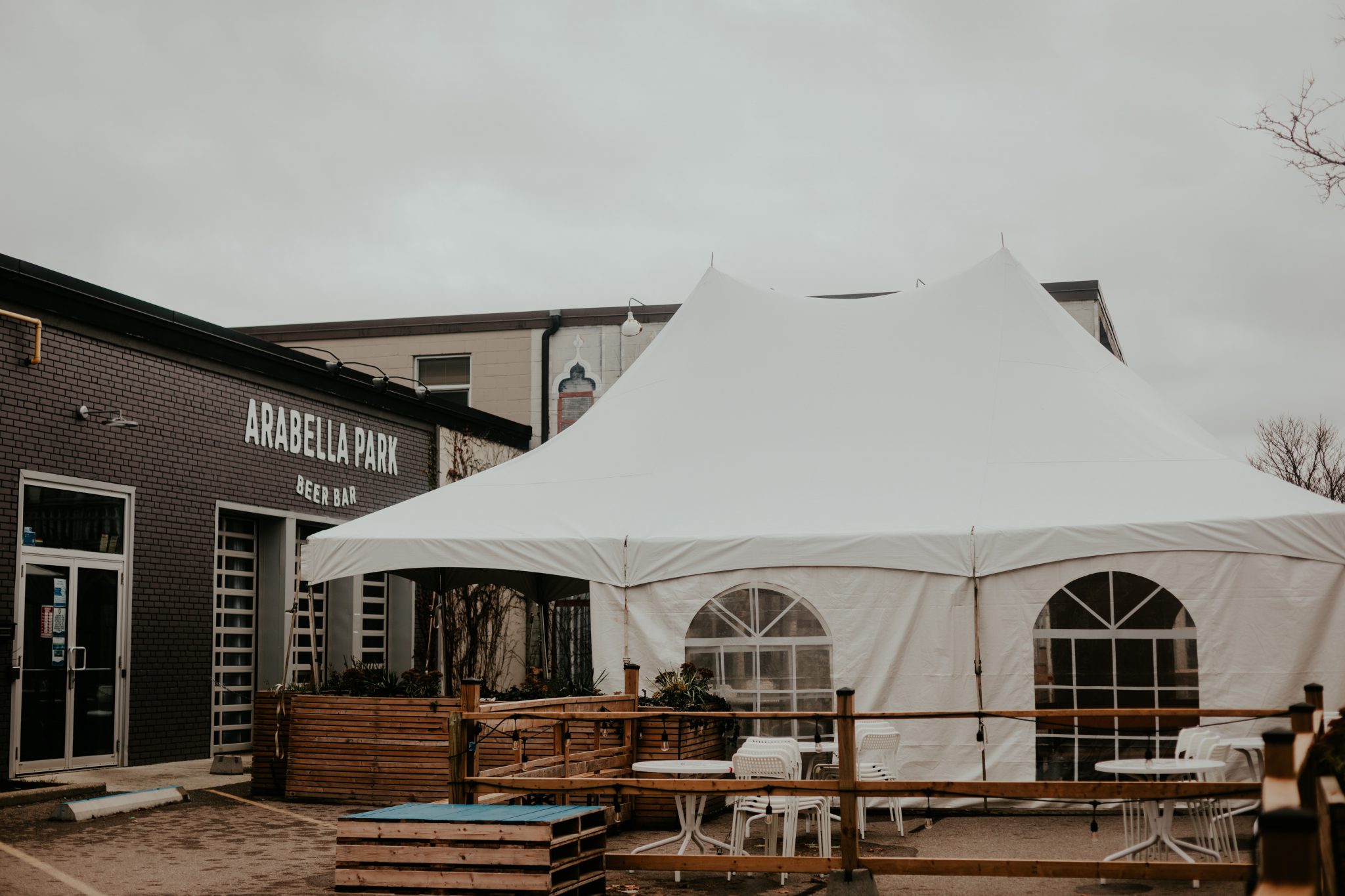PHOTO BY DARIEN FUNK / THE CORD PHOTOGRAPHY
Disclaimer: This post is taken from Waterloo campus’ student newspaper The Cord and is also featured on their website https://thecord.ca/.
Despite Dec. 21 marking the first official day of winter, Waterloo has already experienced its first snowfall on Nov. 1, bringing down most of the colourful leaves on the trees and leaving a thin layer of snow on rooftops.
With these clear indications that winter is coming sooner rather than later, Canadians must prepare for yet another harsh winter, but this year we also have to consider COVID-19 and the effects of this pandemic.
While we have done a great job at adapting to work and learn in online environments, we’ve been cooped up inside our homes for the majority of 2020. Nice weather has been a saving grace for many people to get away from their screens, and businesses to offer outdoor dining and shopping experiences.
With the inevitable winter approaching, our outdoor activities may become even more limited.
The recent restaurant trend to tackle the colder weather is patio domes—plastic domes covering individual dining tables to maintain an outdoor dining experience.
However, this clever innovation requires proper ventilation and heating per dome, making this an expensive venture for restaurant owners who are already dealing with regular restaurant costs on a low-income budget.
Patio domes were picked up by several Toronto restaurants as an effort to stay open during their return to Stage two; however, the Ontario government has yet to come up with proper regulations for patio domes and has stated that, for now, patio domes are considered indoor dining.
While restaurants have had a strong uptake and demand for take-out, this won’t be enough to compensate for the economic setbacks. Unless COVID-19 goes away overnight, the restaurant industry will probably be hit the hardest this winter, forcing more restaurants to close and potentially never reopen.
With the already limited options of things to do to get out of the house, people will be more likely to stay home as we get closer to the heart of winter because there will be fewer outdoor options available.
Regardless of the outdoor dining regulations and preferences, people may be less inclined to get fresh air and go for a walk. And with our abilities to do business online, we may not even have the motivation to go to the grocery store.
These ‘winter blues,’ or better known as seasonal affective disorder (SAD), are very common for people to experience when the daylight hours get shorter. Being deprived of daylight and restricted to the indoors with cold weather often leads to pervasive sadness, extreme fatigue, difficulty concentrating, excessive sleep, and a disconnect from the enjoyment of our normal activities.
These symptoms are particularly evident in people experiencing large amounts of stress which means students are highly prone to experiencing SAD. Every year I struggle with seasonal affective disorder, but if you can maintain the right habits to take care of yourself, it is manageable.
Eating healthy, exercising regularly, and getting adequate sleep is extremely important in maintaining a balanced lifestyle. Keeping a routine is important, but remember to go outside your comfort zone to keep life interesting.
Push yourself to bundle up and go for a walk on a sunny day despite the brisk air. Get away from the screen and practice self-care—your well-being is more important than your grades.
While winter mixed with COVID-19 will cause many to suffer in various ways, we can do our best to remain optimistic and stay healthy on the long road to spring in a few months.




